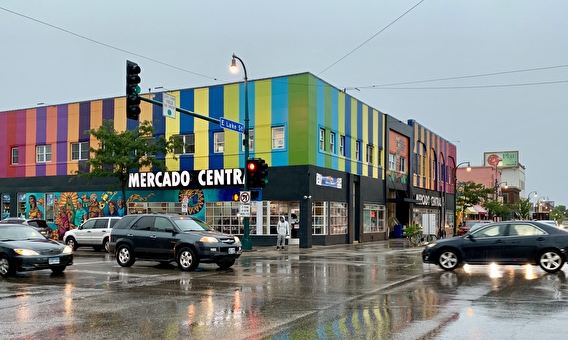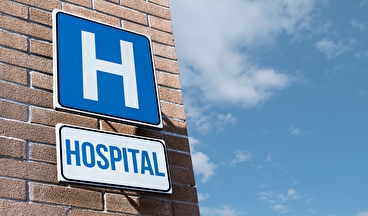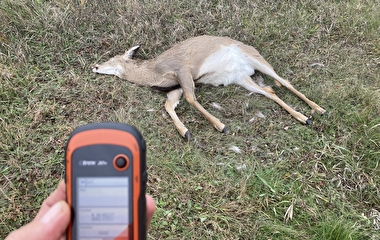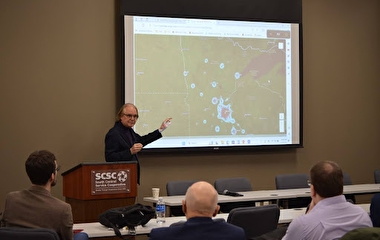
Transportation systems are often seen as a physical infrastructure of roads, bridges, bus routes, and sidewalks. Dig a little deeper, and it’s clear that transportation systems are also a series of decisions made by institutions with power—a reflection of societal power structures. This deeper truth takes a toll on communities that do not reflect the dominant identity within a society; their ability (or lack of ability) to move throughout a city or town to complete everyday tasks highlights the way transportation decisions have often been made without them in mind.
In a recent study, U of M researchers aimed to center the experiences of these marginalized communities and better understand inequities in the current transportation system.
“For underserved communities, their lived experience shows that transportation is essential to all aspects of their lives including work, family, health, community, and spirituality,” says Yingling Fan, a professor with the U of M’s Humphrey School of Public Affairs. “Good transportation means much more to them than infrastructure quality and maintenance: It means a dignified life, a place to call home, a living-wage job, and essential connections with family and friends.”
The preliminary findings from this project, which is part of the Minnesota Department of Transportation (MnDOT) Advancing Transportation Equity initiative, were presented at the Our Transportation, Our Lives event on May 1, 2023, in Minneapolis and covered in Catalyst’s June 2023 issue. At the event, researchers shared qualitative findings from six of the underserved community groups represented in the study: Black, Hmong, single mothers, immigrants, people living with HIV, and Native Americans.
The final report expands on the preliminary presentation in two important ways. First, it presents qualitative findings from four additional community groups: Latinx, people with disabilities, rural residents (specifically in Fergus Falls, Minnesota), and single fathers.
“The one-on-one interviews collected open-ended answers regarding the systemic transportation-related barriers facing underserved communities, as well as the coping and survival strategies participants use to navigate these barriers,” Fan says.

Second, the report adds texture to the qualitative data from the interviews with quantitative data from travel behavior surveys. Using a smartphone-based diary app, the research team collected data from more than 100 participants between November 2022 and February 2023. The app recorded data for a week’s worth of travel and prompted users to add their perceptions, attitudes, and feelings toward transportation in the context of daily living.
Based on this wealth of data, researchers recommended actions for addressing the unique transportation barriers for each of the 10 communities in the study. They also identified three common threads among all 10 groups: car-related challenges, inadequate public transportation, and the impact of transportation on major life outcomes.
“While each community had unique transportation challenges, the common themes across communities were profound,” Fan says. In communities across Minnesota, a car was seen as a necessary method of transportation but also a significant challenge to purchase and maintain. Public transportation served an important role but was also inadequate in meeting participants’ needs. “Ultimately,” Fan says, “participants highlighted the many ways in which inadequate transportation kept them from flourishing.”
The first step to address these challenges, Fan says, is to identify the communities whose transportation barriers have hampered their ability to live a good life—and then align transportation funding and investments to those underserved communities.
Additional recommendations include:
- Reconceptualize public transportation as any mobility service that de-commodifies transportation and helps people to achieve a socially acceptable standard of mobility and accessibility independent of their income.
- Encourage transformative innovations to broaden the scope of traditional public transportation services to include ride-hailing and micro-transit services.
- Collaborate with non-transportation government agencies and community organizations to pair transportation programs with non-transportation programs.
- Promote more diverse public engagement in transportation decision-making processes through active involvement of underserved communities and efforts to study the lived experiences of these communities.
Moving forward, MnDOT will use the findings to support its Advancing Transportation Equity Initiative and community engagement efforts.
“This research illustrates the importance of talking directly to community members to understand their transportation needs,” says Lisa Austin, director of MnDOT’s Center for Community Connections and the project’s technical liaison. “We learned where people couldn’t go because they didn’t have a way to get there.”
—Megan Tsai, contributing writer


